The Built And Natural Environment In The Catlins, New Zealand
A visit to the Catlins regions in Southern New Zealand provides an opportunity to think about how man-made and natural heritage combine in this popular tourist spot.
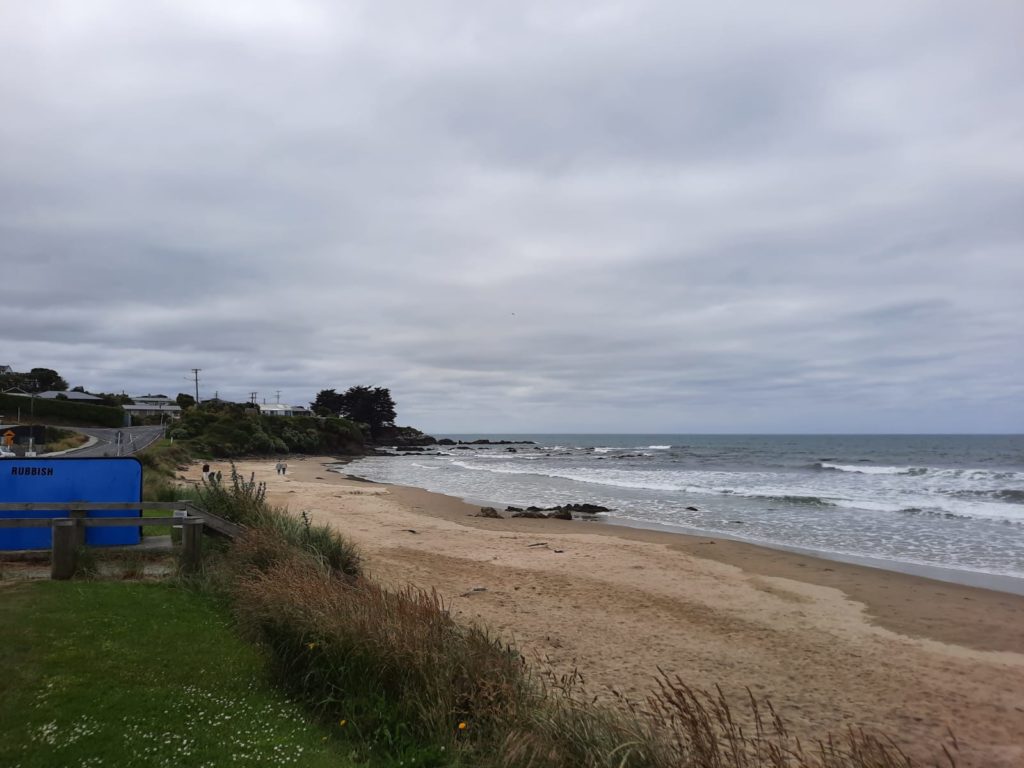
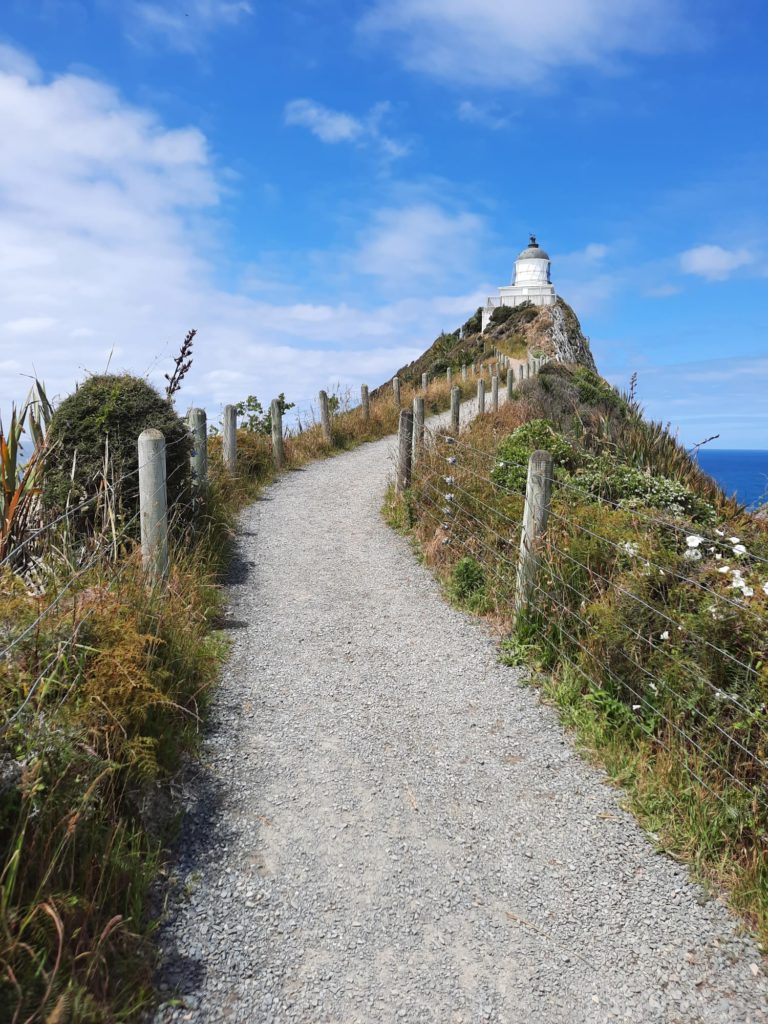
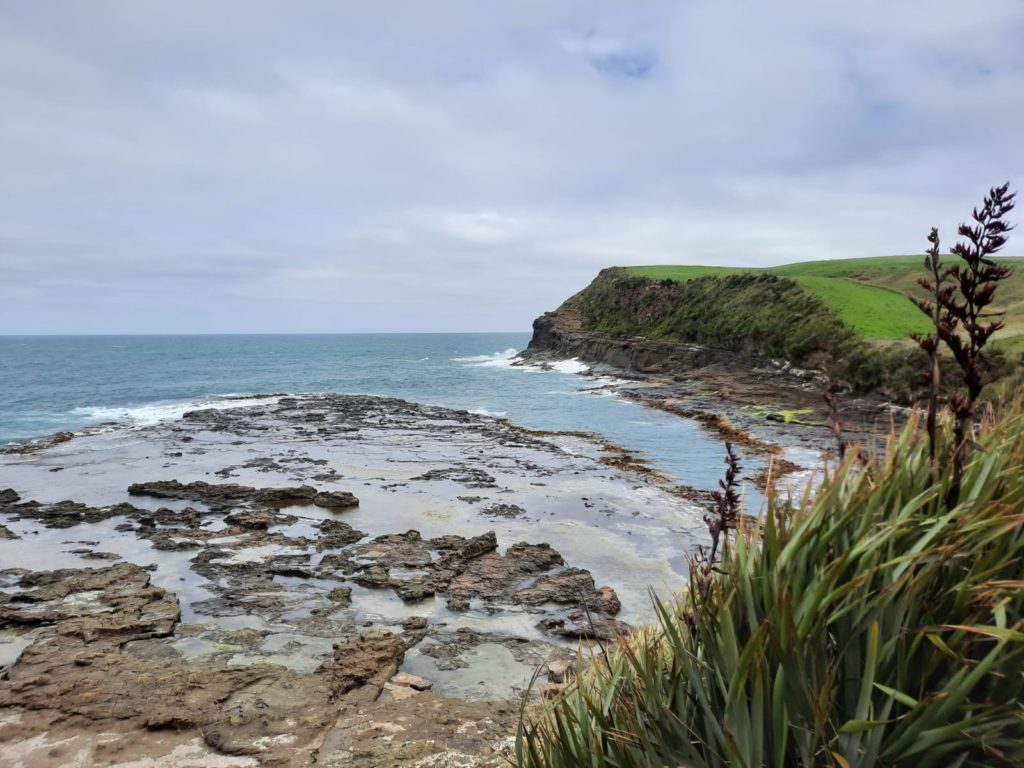



The Catlins: A Brief History
On a recent trip back to New Zealand, I had the opportunity of spending a couple of days in the Catlins, a scenic region straddling Otago and Southland on New Zealand’s South Island. Hailing as I do from Dunedin, this was not my first visit here. But having lived away from New Zealand for many years now, I felt like I was seeing them fresh. I can see now the distinctive and attractive qualities of the New Zealand ‘bush’. And I found myself reflecting on the story of human endeavour that was being told in the myriad small historic sites around the region.
The Catlins have never been more than sparsely settled. The first inhabitants were Māori, although rather than permanent settlements, Māori tended to live a semi-nomadic lifestyle here or pass through on the search for particular resources like pounamu (greenstone) or moa. There are few discernible traces today of this first usage of the land. The Catlins were then one of the regions sighted by James Cook and his crew, and some place names today date from this 1770 voyage.
The first European settlers here were whalers and sealers. Once European settlement began in earnest, the Catlins became an area for timber exploitation and farming: trees were cut down and sold, and the cleared land then turned into farms. The gold rush in Otago in the 1860s had a knock-on effect of requiring more timber for booming towns, and the population of the Catlins grew as a result, peaking in the early 20th Century. Today’s population of 3,650 is about half of that peak. Fishing and tourism are now the basis of the Catlins’ economy, with domestic and international visitors drawn to the area’s scenic coast, large stretches of native bush, and accompanying birds and other wildlife.
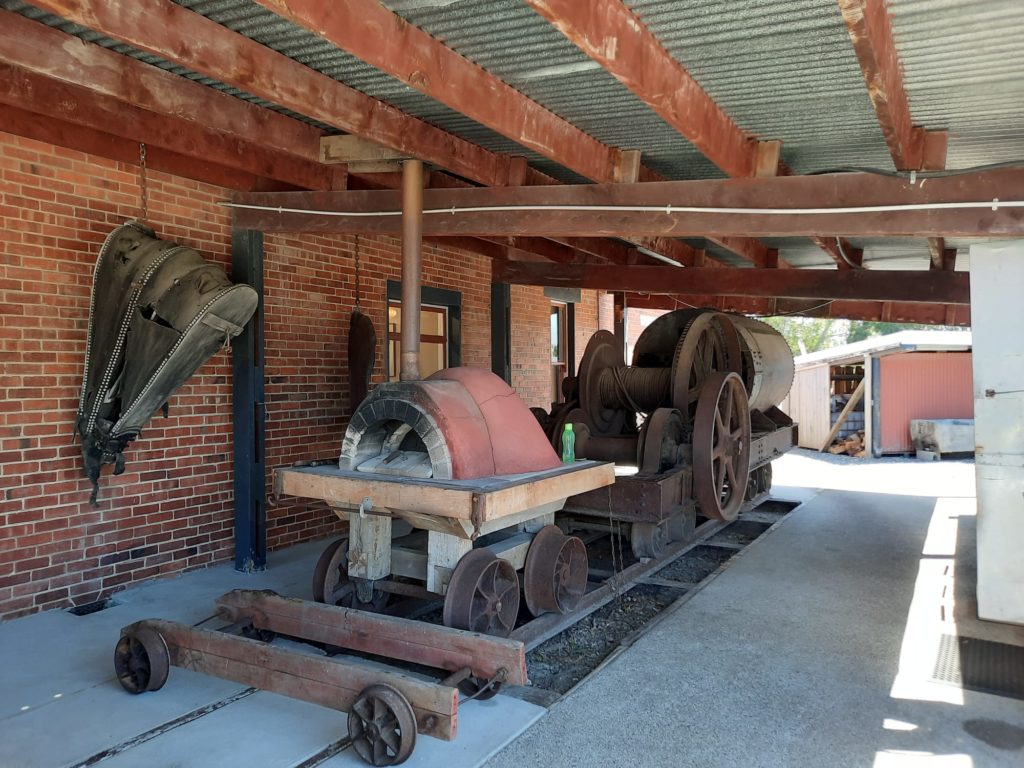
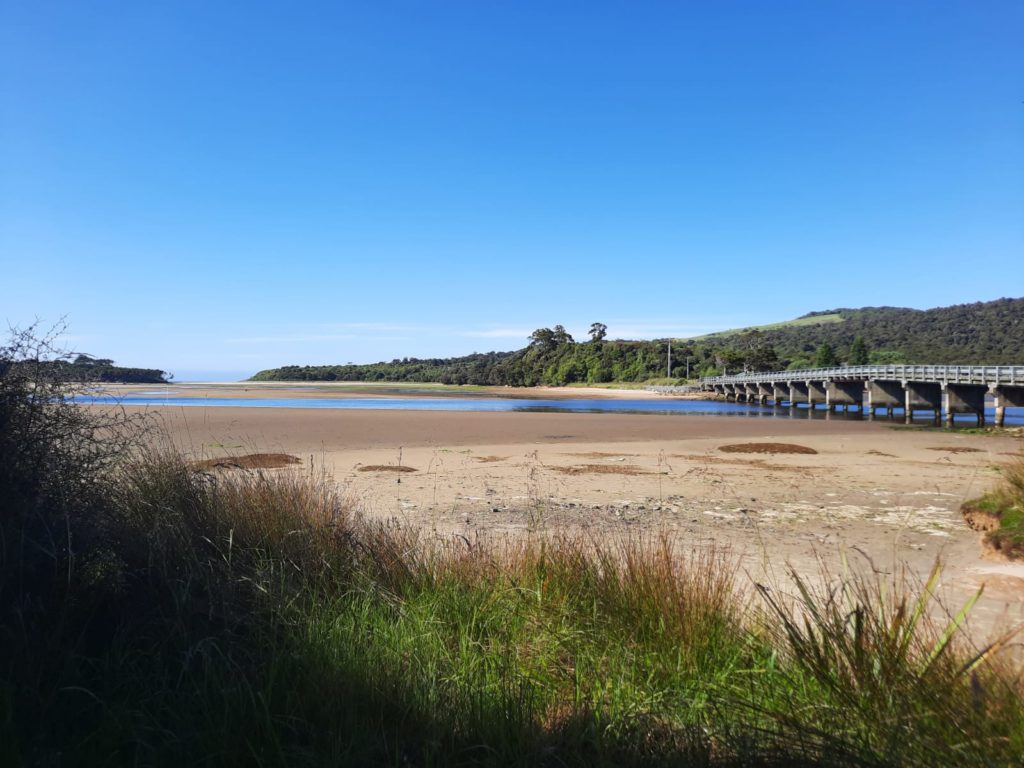

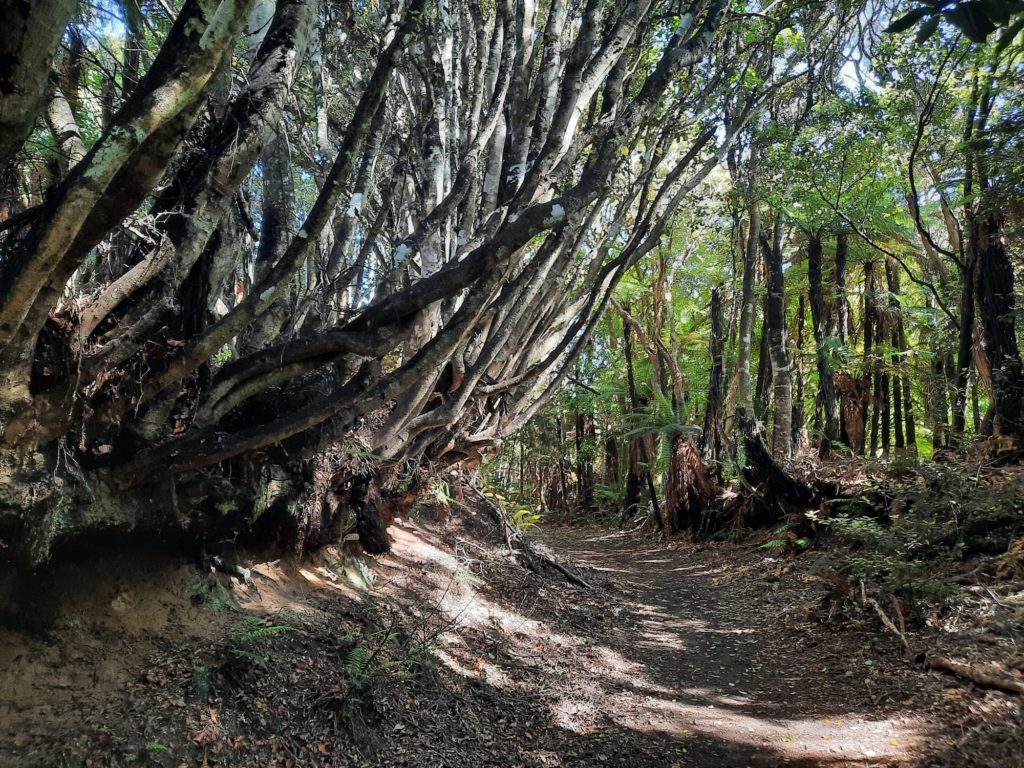
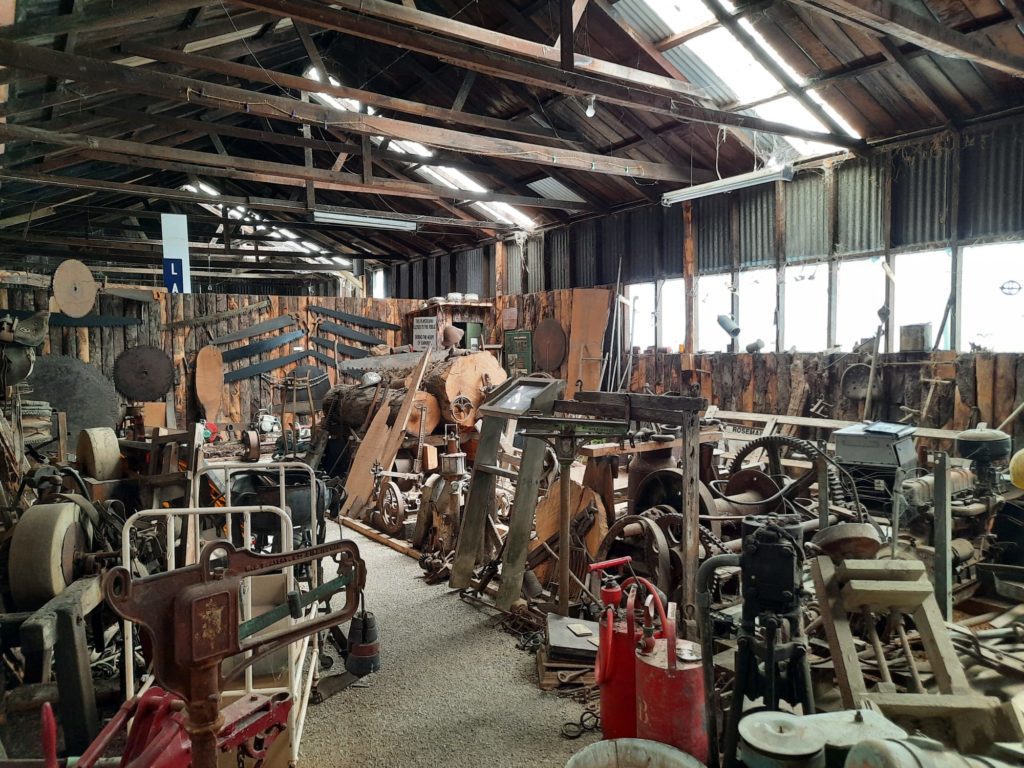

Pioneer Days
With few traces of early Māori settlement available to visit (and Māori making up a smaller percentage of the population than the national average), the story told about people in the Catlins is primarily that of European settlement. You can visit evidence of early industry like the Tunnel Hill walk through an old railway tunnel (the southernmost in the world). We went on a walk along an old coach road hugging the coast at Papatowai, which I highly recommend. There are sites of noted shipwrecks, and evidence of sawmill sites and other human activities. There are even museums for those wanting to learn more.
I noticed a lot of old farm equipment around. Sometimes it’s more or less in situ as a feature on a modern farm. Or you can head to Dougie’s Shed in Owaka. A self-proclaimed ‘man cave’, it has a pleasant jumble of old machinery to admire. I wonder if the slow pace of development and low density of the population is the reason why so much old equipment hung around.
Regardless, it’s this pioneer story which dominates the heritage narrative in the Catlins. Even today the region gives the feeling of being a frontier. Through visiting the heritage sites, reading information panels and so on, you build up a picture of people carving out a place for themselves against the elements. Think Little House on the Prairie for a slightly exaggerated version of my mental image of those early days.
Coming back to those pre-European inhabitants of the Catlins, it’s possible to find traces of them. But you really have to look. The closest we came on our trip was on that same coach road walk at Papatowai. You can see a former camping site where moa hunters would stay while tracking the giant birds. Sadly the information panel was missing, but we found an immense shell midden eroding out of the dunes. A rare tangible trace of the early human history of the area.


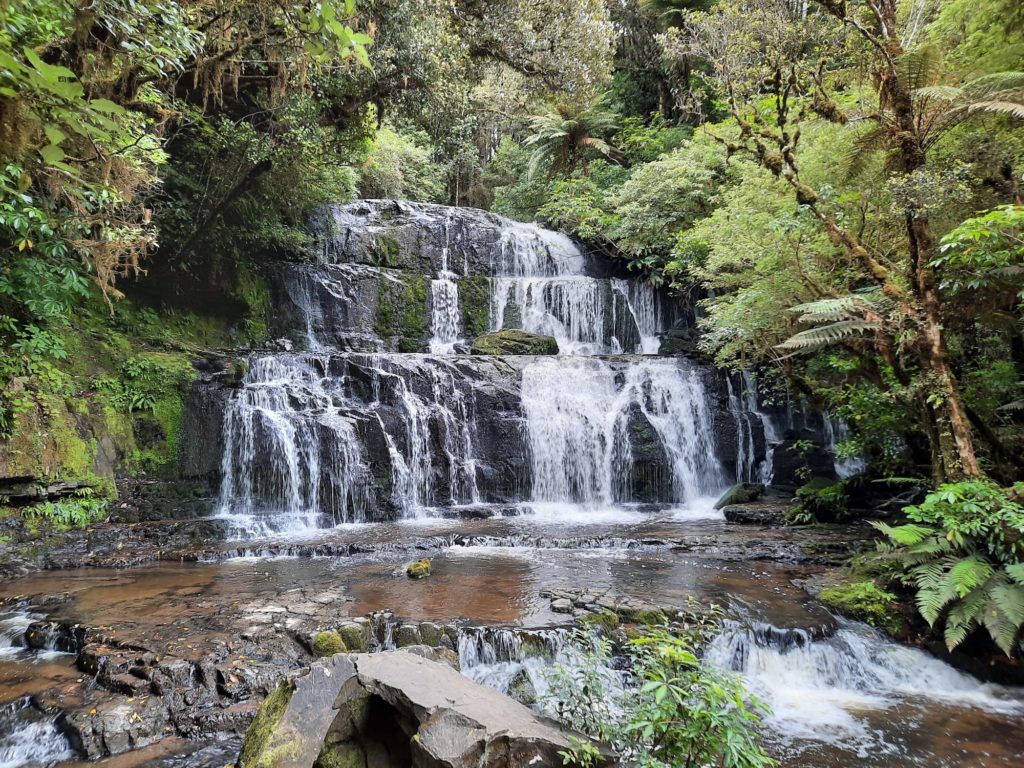



The Myth Of The Untouched Landscape
If you’re visiting the Catlins, chances are you’re here for the landscapes. The region is known for its scenic coastal roads, waterfalls, forest walks and wildlife. There are even more unusual natural attractions such as Curio Bay’s petrified forest. Or maybe you’re here for the wildlife? You can see seals and sealions all along the coast. With a little more effort there are spots to watch penguins at dusk. And plenty of native birds to spot on a forest walk. At first glance, all of this natural splendour gives the impression of being ‘untouched’. Natural landscapes unchanged for centuries or millennia. That’s not the case, but doesn’t need to impede your enjoyment during a Catlins trip.
Why do I say these natural landscapes aren’t as natural as they seem? It’s a common thought of mine when I’m in an apparent wilderness. We forget just how much humans impact landscapes. From the earliest settlement of the Catlins, people were living around river estuaries, using natural resources. Even in this low-impact way of living, choices about what food to take and grow, which trees to use or leave, impact local flora and fauna. And you can’t have an economy based on timber and sawmilling (or farming) without a huge environmental impact.
What interested me were what I might call the ‘reclaimed’ landscapes. The walk at Papatowai along an old road, for instance. Or a relatively new forest walk at Curio Bay on former farmland, the aim being to show the descendents of the fossilised trees. Walking here past native trees, listening to bird calls, it’s almost inconceivable that this was grazing land as late as 2009. Seeing how locally adapted plants and animals will move back in given half a chance is a reminder of how important it is to protect and grow nature reserves in all different environments. Or if you’re still yearning for some kind of ‘untouched’ landscape, you can try the mountainous coastal stretches which were often unsuitable to clear for farmland.
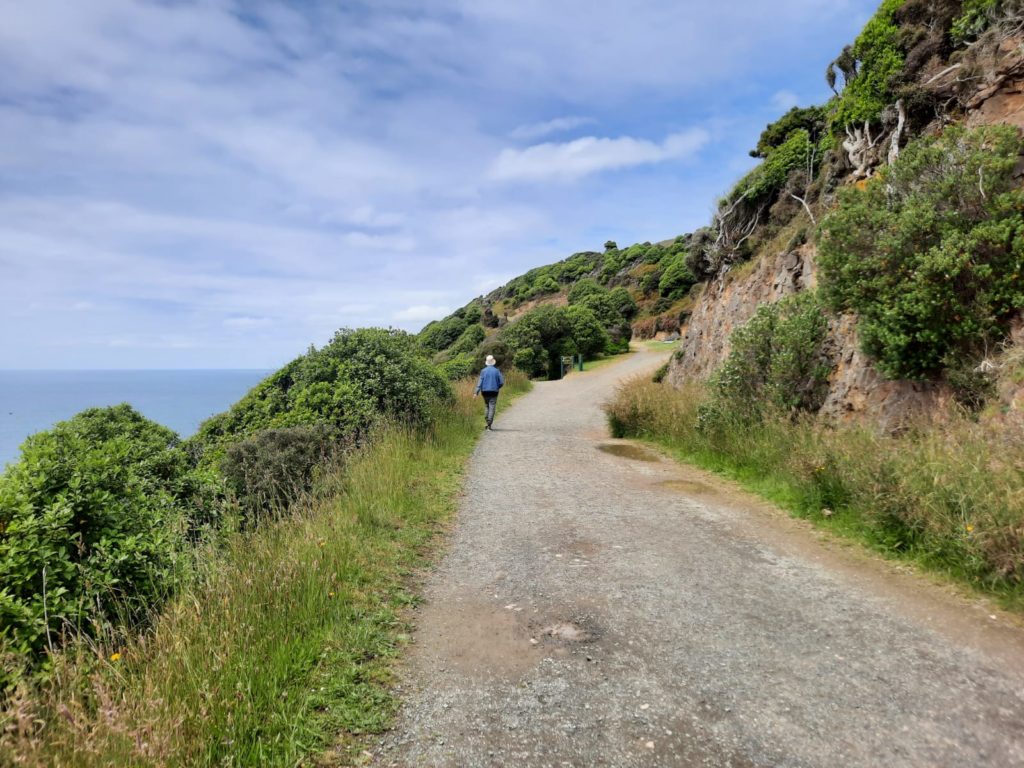

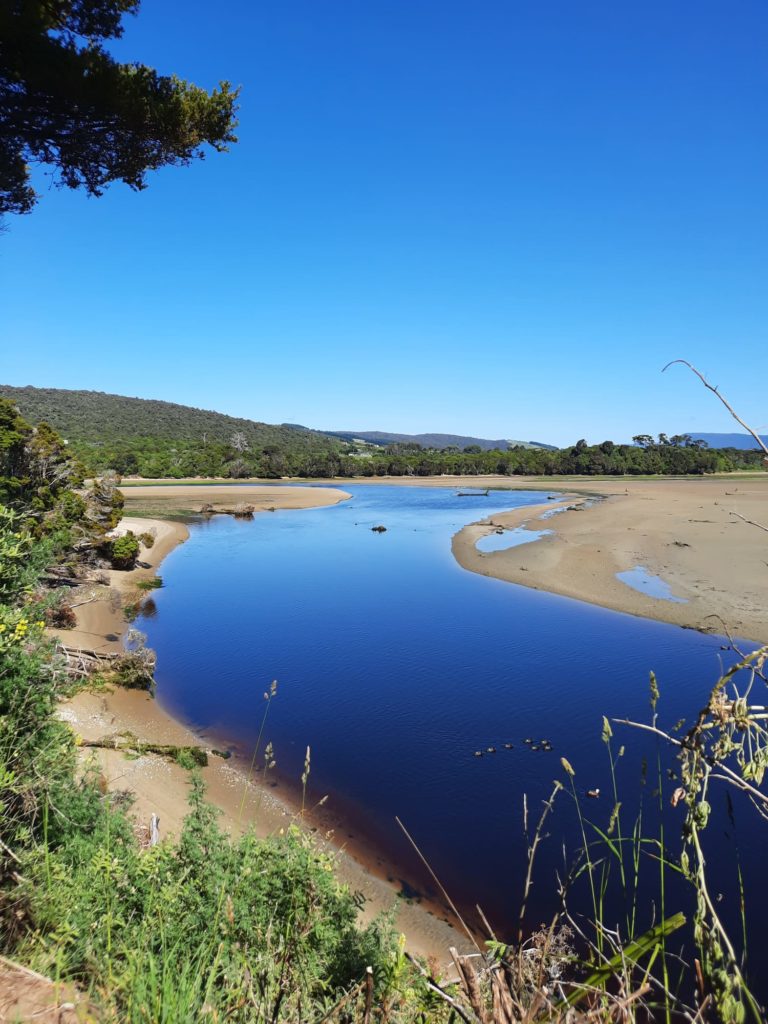
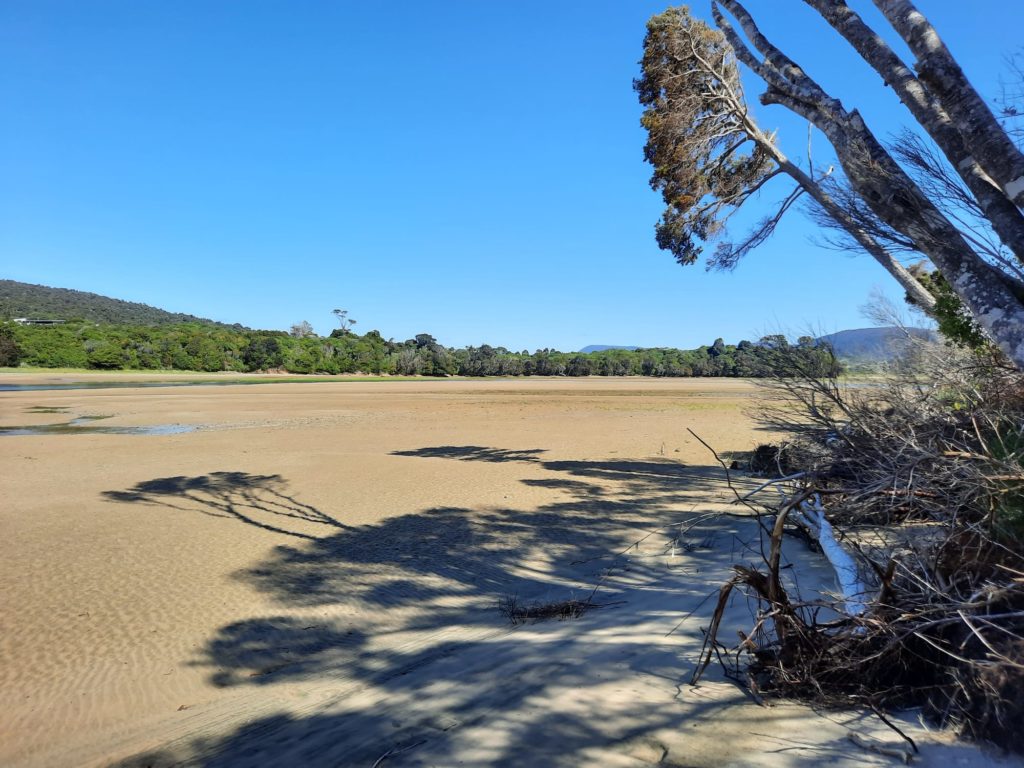
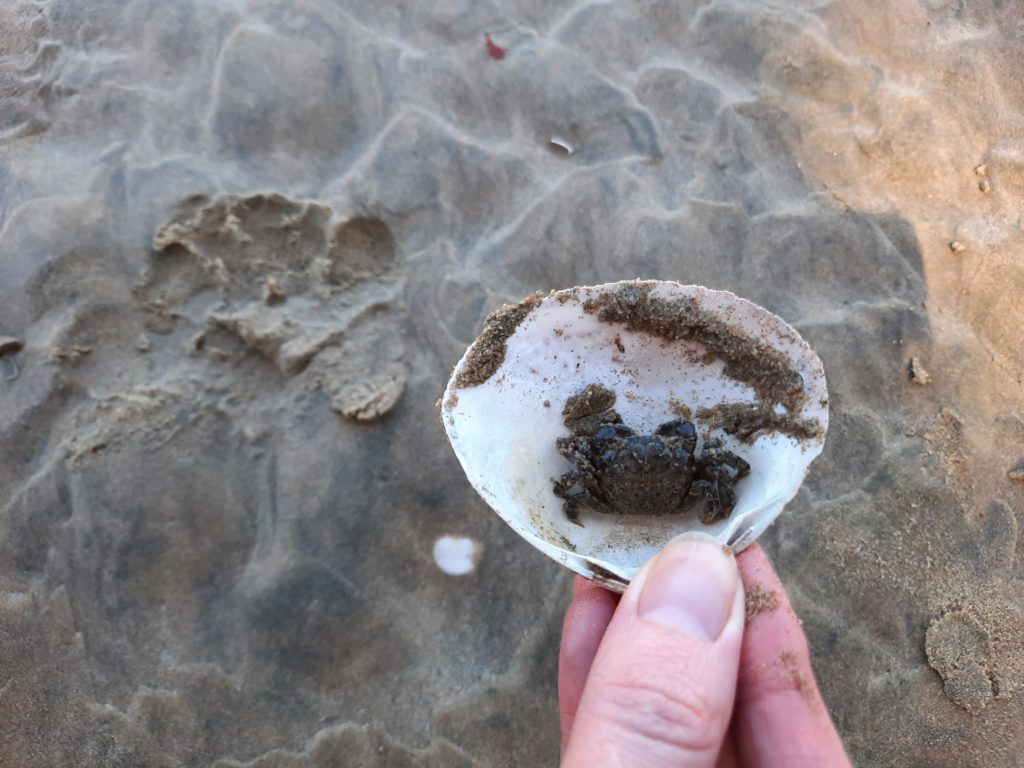

A Visitor’s Guide To The Catlins
After all this musing on the Catlins, if you are thinking of visiting then it feels like the least I can do to give you some practical pointers! The first and main one is that you will need a mode of transportation. Probably a car, unless you want to plan a cycle trip. Public transport is fairly dismal in New Zealand and you won’t be able to get around the Catlins using that.
In terms of where to stay, it depends what sort of trip you are looking for. You could base yourself at one of the main centres like Owaka and do daytrips. Or you could do a bit of a roadtrip either freestyle or with accommodation planned out. Look ahead at your day’s itinerary to think about where you can get lunch/coffees etc., and make sure you know how much petrol you have and where the next place is to top up. If travelling from Dunedin, the last major supermarket is in Balclutha.
A few suggestions based on my recent trip:
- At the Northern-most end of the Catlins is Kaka Point, a lovely beach and decent-sized town to stop off in.
- The classic photos of the Catlins always include Nugget Point Lighthouse, so you’ll want to stop here. There’s dramatic scenery and plenty of seals (or sealions?) down on the rocks. The walking track is easy from the carpark but it can get blustery. There’s a penguin hide nearby so you may want to time your trip to spot some hoiho.
- Owaka is the Catlins’ largest town. As such there are decent facilities, shops and cafes, a pub and a museum. A good base.
- Purakaunui Falls are another classic Catlins sight. The drive is a little out of the way but the falls are a short walk from the carpark.
- Papatowai is a nice little town with a beautiful estuary, nice walks, and the Lost Gypsy Gallery. Stop here for lunch or coffees and check out Blair Somerville’s automaton creations (seasonal, check before visiting).
- Near Curio Bay with its petrified forest and living forest walk is Slope Point, the Southern-most point in New Zealand (not Bluff as I previously thought).
The list goes on! I’ve barely scratched the surface here, so if you would like to see the Catlins for yourself, get yourself a map or a guidebook and get planning.
Trending
If you see this after your page is loaded completely, leafletJS files are missing.


2 thoughts on “The Built And Natural Environment In The Catlins, New Zealand”